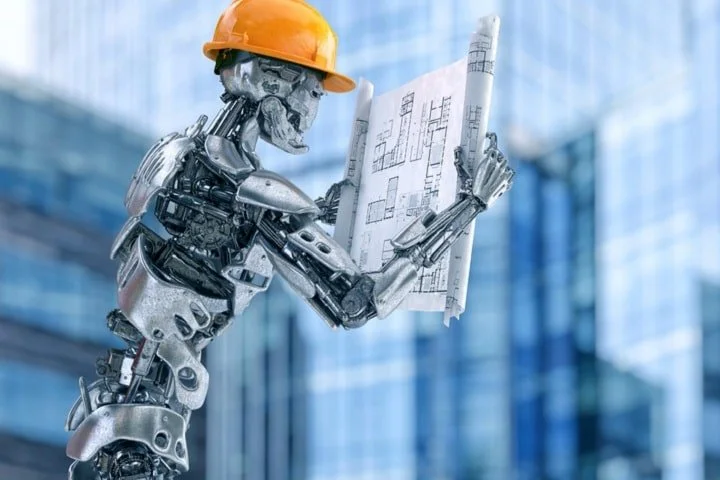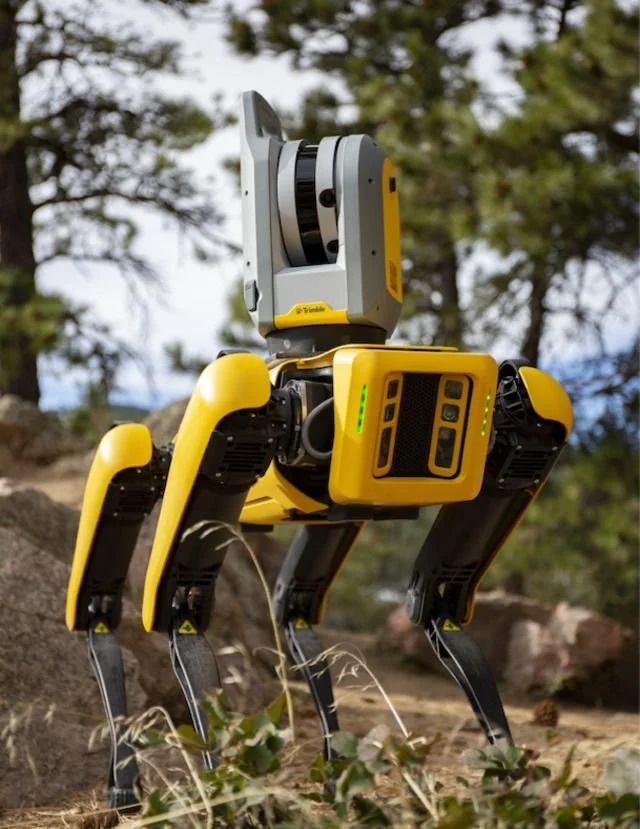The Future of Construction: How Robots and Humans Will Build Together
The construction industry is on the verge of a revolution. Picture this: towering cranes guided by artificial intelligence, robotic arms assembling walls, and drones monitoring progress from above—all while human workers oversee the operation. This isn't a sci-fi dream, but a glimpse into the potential future of construction, where robots and humans collaborate to create structures faster, safer, and more efficiently than ever before.
Japanese construction robot demonstrates the future of building
As technology evolves, robotics are increasingly becoming a critical component of various industries, and construction is no exception. The partnership between human ingenuity and robotic precision promises to transform how we build. But how exactly will this shift impact the future of construction? Let’s dive in.
Robotics in Construction: Where Are We Now?
Robotics is already making inroads in construction, especially in areas where precision and speed are crucial. Automated machines for bricklaying, 3D printing, and even welding are being tested on various sites around the world. According to Boston Dynamics, one of the leaders in robotics, "Spot" the robotic dog, is already being used to monitor construction sites, capturing data in real-time. This is just the tip of the iceberg. The ultimate goal is for robots to take on tasks that are hazardous or physically strenuous for humans, leaving the more intricate and creative work for skilled professionals.
How Robots Will Assist Humans on Construction Sites
Increased Efficiency and Speed: Robots can work around the clock, free from fatigue, reducing the time required to complete large-scale construction projects. Machines such as SAM (Semi-Automated Mason) can lay up to 3,000 bricks a day—significantly more than a human worker.
Enhanced Safety: Construction is one of the most dangerous industries, with workers exposed to falls, heavy machinery, and hazardous materials. Robotics can take on these high-risk tasks, reducing the incidence of injury. Drones, for instance, are already being used to inspect hard-to-reach places, replacing human workers in risky positions.
Precision and Quality Control: Robots can perform repetitive tasks with incredible precision. For example, companies like Built Robotics are developing autonomous construction vehicles capable of excavating, grading, and even installing utilities with minimal human input. This consistency improves the quality of the final product while minimising waste, leading to more sustainable practices.
Reducing Labor Shortages: One of the biggest challenges facing the construction industry is a lack of skilled labor. The rise of robotic systems can help fill this gap. Rather than replacing human workers, robots can supplement the workforce, ensuring that projects stay on track even when labor shortages arise.
The Challenges of Implementing Robotics in Construction
While the potential for robotics in construction is immense, there are several hurdles to overcome before widespread adoption can occur. First, the high initial cost of implementing robotic systems can be prohibitive for smaller firms. Training workers to operate and maintain these machines is another challenge, as many construction professionals are not yet familiar with the required technology. Moreover, there is a growing concern about job displacement, although experts argue that robots will enhance human roles rather than replace them entirely.
According to a report by McKinsey, while 30% of construction activities could be automated with existing technology, the integration process will likely be gradual, with human workers still playing a crucial role. The key is for the workforce to adapt and gain new skills in managing and overseeing robotic systems.
What Does the Future Hold?
Looking ahead, the construction site of the future will be a well-oiled machine where humans and robots collaborate seamlessly. Imagine a scenario where drones survey the land, AI systems analyse the data, and robots handle the heavy lifting, all while human workers supervise and troubleshoot. This hybrid workforce could revolutionise the speed and cost-efficiency of construction projects.
In the long term, this symbiosis between humans and robots could lead to smarter buildings that are not only constructed more efficiently but also designed with sustainability in mind. With 3D-printed buildings already being tested, the possibilities for sustainable, affordable, and durable housing are endless. The construction industry could shift from being labor-intensive to technology-driven, creating new jobs that focus on robot management, AI analysis, and sustainable design.
Conclusion
The future of construction promises to be a dynamic and exciting landscape where humans and robots build together. Robotics can enhance the efficiency, safety, and sustainability of construction projects, addressing labor shortages and pushing the boundaries of what’s possible. As robots become increasingly sophisticated, human workers will be empowered to focus on the creative and supervisory aspects of construction, leading to a collaborative future where technology and talent come together to shape the world around us.
The construction industry is poised for a significant transformation, and if these trends continue, our cities, homes, and infrastructure will soon reflect the innovations of a robotic revolution.
References:
https://www.construction-robotics.com/
https://www.osha.gov/sites/default/files/enforcement/directives/CPL_02-01-169.pdf
https://www.builtrobotics.com/about/company
https://www.mckinsey.com/capabilities/operations/our-insights/the-impact-and-opportunities-of-automation-in-construction
https://bostondynamics.com/products/spot/
https://www.constructiondive.com/
https://www.wired.com/
https://www.architecturaldigest.com/
Key Words: sam clark, construction, builders uk, builders london, builders St Albans, builders harpenden, construction companies hertfordshire, clarks builders, construction companies in bedfordshire, construction company london, building contractor london, construction companies london, construction contractors london, construction concrete hertfordshire, construction contractor london





